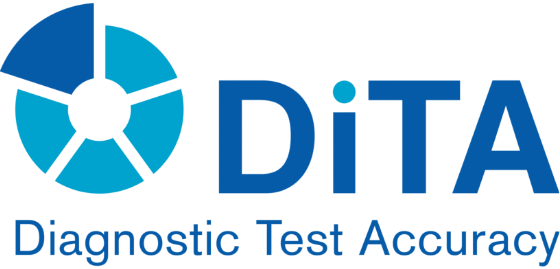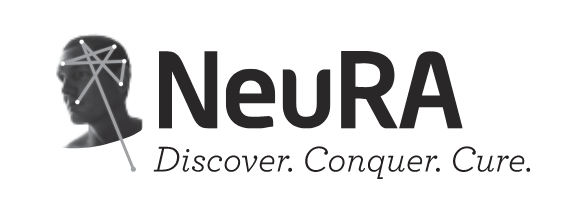Use the Back button in your browser to see the other results of your search or to select another record.
Clinical reliability of 6 meniscal tests: a diagnostic accuracy study of 255 patients
Rinonapoli G, Lucchetta L, Ancillai G, Manfreda F, Ceccarini P, Caraffa A
Acta Orthopaedica 2025 Jun;96:452-458
primary study
BACKGROUND AND PURPOSE - We aimed to evaluate the diagnostic accuracy of 6 clinical tests for meniscal tears comparing them with MRI and arthroscopy in a cross-sectional study. METHODS: 255 patients (20 to 45 years) with knee trauma were examined by 2 orthopedic surgeons blinded to the patient's history, MRI result, and the first clinical examination. The clinical tests (Joint Line Tenderness, McMurray, Apley, Thessaly, Ege, and Hyper-flexion) were conducted between 5 and 7 days post-injury (T1) and 4-5 weeks post-injury (T2). Diagnostic accuracy was determined based on MRI and arthroscopic findings, evaluating sensitivity, specificity, and predictive values. RESULTS: Arthroscopy confirmed 188 meniscal tears. The McMurray demonstrated the most balanced performance, with sensitivity of 91% at T1 to 80% at T2 with specificity increase from 55% to 79% showing the highest positive predictive value (PPV) of 92% at T2. Combining McMurray and Apley yielded the best accuracy minimizing false positive. McMurray and Hyper-flexion were more sensitive to medial chondropathy; Thessaly, Ege, and Hyper-flexion were more influenced by anterior knee pain. CONCLUSION: No single clinical test was sufficiently reliable for independent diagnosis, reinforcing the need for MRI confirmation and further refinement of clinical evaluation strategies.
Full text (sometimes free) may be available at these link(s): ![]() help
help


